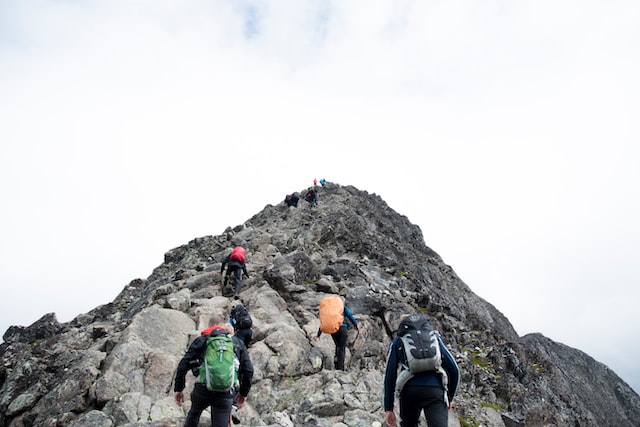The Aconcagua Expedition is one of the world’s highest trekking peaks and can be climbed by physically fit people who have done similar treks in the winter before. You don’t need to have climbed before, but because of the high altitude, you’ll need to be fit, committed, and mentally strong. Although your success on the mountain depends heavily on the weather, the high guiding ratios, small group sizes, and high levels of support will give you a significant edge.
Why Use Adventure Peaks to Summit Aconcagua
- ATOL-protected, with an established presence in the United Kingdom, for your peace of mind.
- Adventure Peaks has been leading successful expeditions up Aconcagua for over twenty years. During that time, the locals figured out what most people agree is the best way to climb the mountain. This way, you have the best chance of getting used to the altitude and staying healthy.
- For the best expedition possible, join an Adventure Peaks Expedition Leader and a regular team of local Argentinian mountain guides in a 1:3:4 ratio. It is limited to no more than 9 or 10 customers. You will provide a local guide for groups of fewer than four.
- More time than usual, up to a maximum of four days for a summit bid.
- High-altitude porters transport supplies (tents, stoves, shovels, fuel) and waste (trash, human waste) to and from the high camps.
- The guides prepare all meals at Camps using a wide variety of ingredients, and they never resort to freeze-dried food, so you can rest assured that the food you eat in BC and the High Camps are of the highest quality.
- On summit day, you can hire a private guide or split the cost with a friend or partner (standard ratio: 1:3), allowing you to go at your own pace and increase your chances of reaching the peak.
History of Success/Compatibility
Aconcagua’s ascent is not a technical one. Those who have hiked in the mountains in the winter before will find it to their liking. The path could be clear or covered in snow and ice. Before attempting Aconcagua, customers should have experience climbing to an altitude of about 5,500 meters. Even though porters carry all group equipment, those with prior camping experience and the ability to carry loads of 14 kilograms will benefit the most. The ascent from the high camp, at 5950 meters, to the peak, at 6962 meters, is long and exhausting.
The state of the weather
Mendoza and the approach to basecamp can both reach uncomfortable temperatures. Even though shorts and t-shirts with sun hats and plenty of sun cream are the norms, full waterproofs are also essential because of the possibility of torrential rain on the walk-in. The wind can be highly chilling from Camp 1 on up, and heavy snowfall can fall from Base Camp and higher. Down jackets, good mitts, and double boots are required as temperatures can drop to -20 degrees Celsius at high camp and on summit day.
Conclusion
At 6,962 meters (22,841 feet), Aconcagua is the highest peak in South America and a member of the elite Seven Summits club. Aconcagua is the highest peak in the Andes, and the journey begins in Mendoza, Argentina. If Climbing Aconcagua is on your list of things to do, you should focus on other mountains first.

